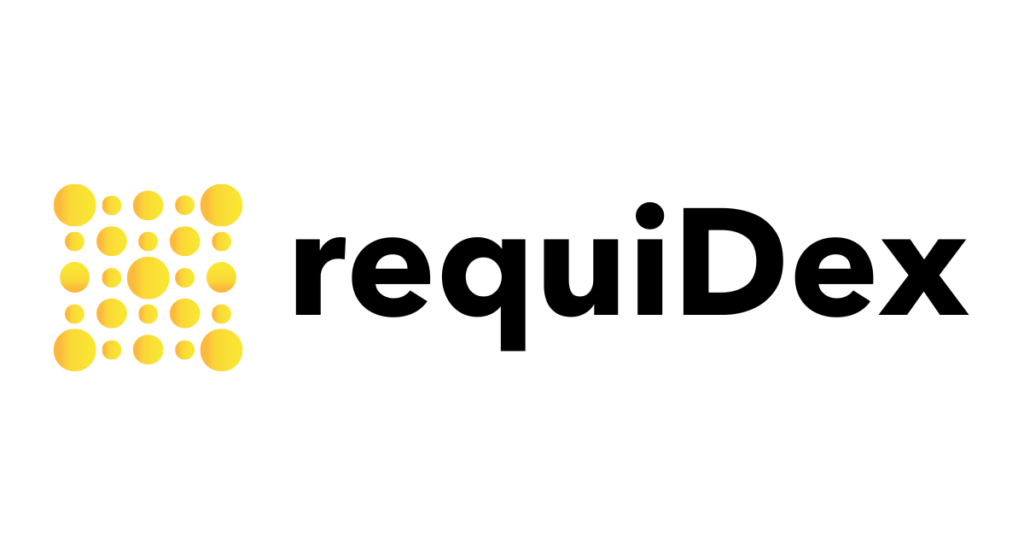Global Construction is on the up and expected to reach £8.5 trillion by the end of the new year, as well as a whopping £25 trillion by 2030.
As the industry continues to evolve and adopt new technologies, it’s important to stay up-to-date on the latest trends. Here are our top picks of five emerging tech trends in construction to watch out for in 2023:
1. REMOTE WORK "SITES"
Mobile construction apps allow the industry to continue to grow, and everyone to become more efficient while keeping workers, clients, and contractors safe.
These emerging technologies enable site teams to provide accurate data to clients, contractors, and stakeholders, allowing project decisions and progress to occur offsite, saving time and money for both the contractor and the client thus driving productivity up as a whole.
On top of that, the possibility of managing projects in a hybrid (or completely remote) manner, gives contractors access to a larger talent pool, providing another step forward in the industry’s mission to solve the ongoing skills crisis.
2. GREEN BUILDING AND CARBON TRACKING
Environmental issues are continuously a growing global concern, and as contractors try to understand how to generate less waste on site and in the supply chain, there’s incentive to do so from not only a “noble” POV, but also a financial one.
Measuring and tracking carbon is the second step to building greener; the first one is to realise green (or at least greener) construction should be a priority.
Our favourite example of a working group on a mission is of course ZERO: a fast-growing bunch of industry professionals from a vast variety of backgrounds working together to be part of the decarbonisation solution. Watch their space… the first official ZERO Playbook drops this year!
3. VR - AR ON STEROIDS
Augmented Reality (AR) and Virtual Reality (VR) are being used in Construction to carry out more realistic training simulations, design visualization, and project collaboration. Helping project teams better visualise 3D models, as well as facilitating collaboration on construction projects, even when team members are in different locations.
Project teams can get a better understanding of what a project will look like before it’s built, which helps with planning and directs decision-making.
Finally, AR and VR accommodate smoother inspections across construction sites and identify any issues or deviations from plans. This ensures that projects follow precise specification, which can help reduce the risk of costly rework or delays.
4. ADVANCED SENSORS AND INTERNET OF THINGS (IoT)
The emergence of sensors and IoT enhances site safety by monitoring on-site conditions and alert workers to potential hazards. This can help reduce accidents and improve site safety. In addition, using IoT sensors to track the location and usage of plant and materials on construction sites not only contributes to better resource management and planning, but also results in more efficient and cost-effective building.
By collecting and analysing plant and equipment telemetry data, contractors are able to build a full carbon story, baseline, measure and reduce carbon footprint by revisiting their Scope 1, 2 and 3 strategies.
5. GENERATIVE AI
Generative Artificial Intelligence (AI) uses Machine Learning algorithms to generate new content or designs. AI has huge potential to positively impact the construction industry through the optimisation of multiple processes throughout the building lifecycle. These include design, planning, and quality control, to predicting inspection and maintenance needs.
By quickly generating and testing many different design options, AI allows architects and engineers find the best solution for a given project. By analysing data from IoT sensors, AI can help construction companies proactively maintain their equipment and identify any issues on construction sites. The implementation of generative AI in the construction industry has the potential to improve efficiency, reduce costs, and increase the quality of construction projects.
I have a lot more to say on Generative AI (and will do very soon). So, if you’re keen to know more about what I think, check out my LinkedIn profile.
As these technologies continue to advance, we can expect to see even more innovative solutions being developed in the industry. However, there is already a great deal of companies out there who are leveraging these technologies, to continuously change our industry for the better, perhaps they will make an appearance in our next “Top 5”…
Watch this space!





